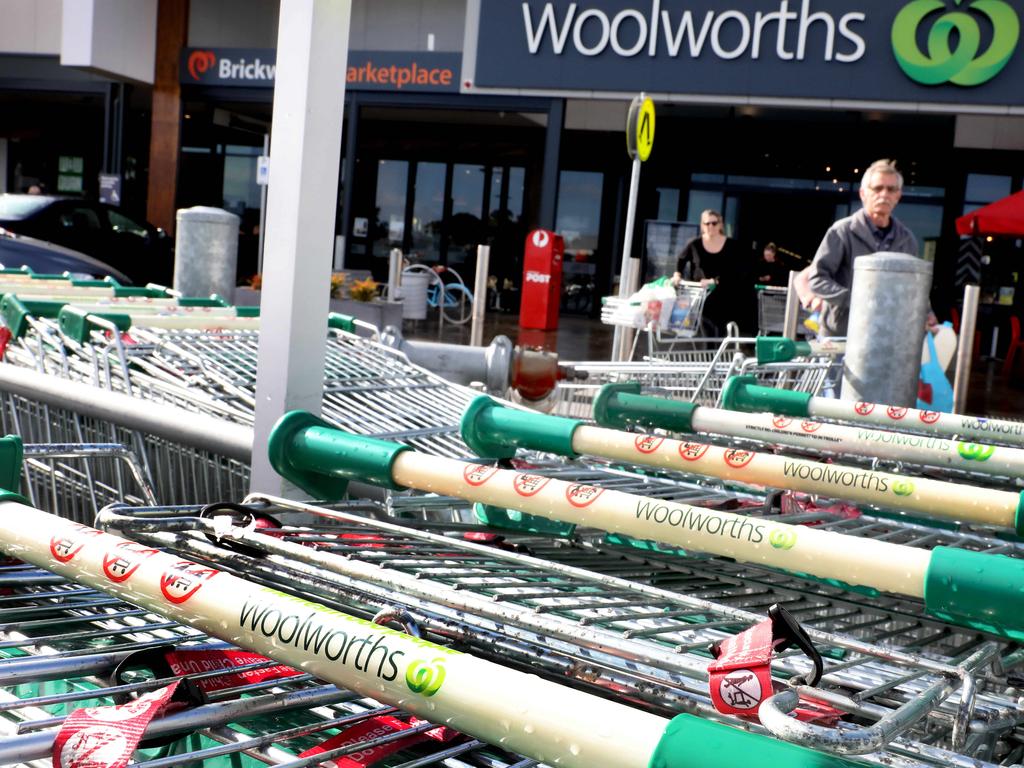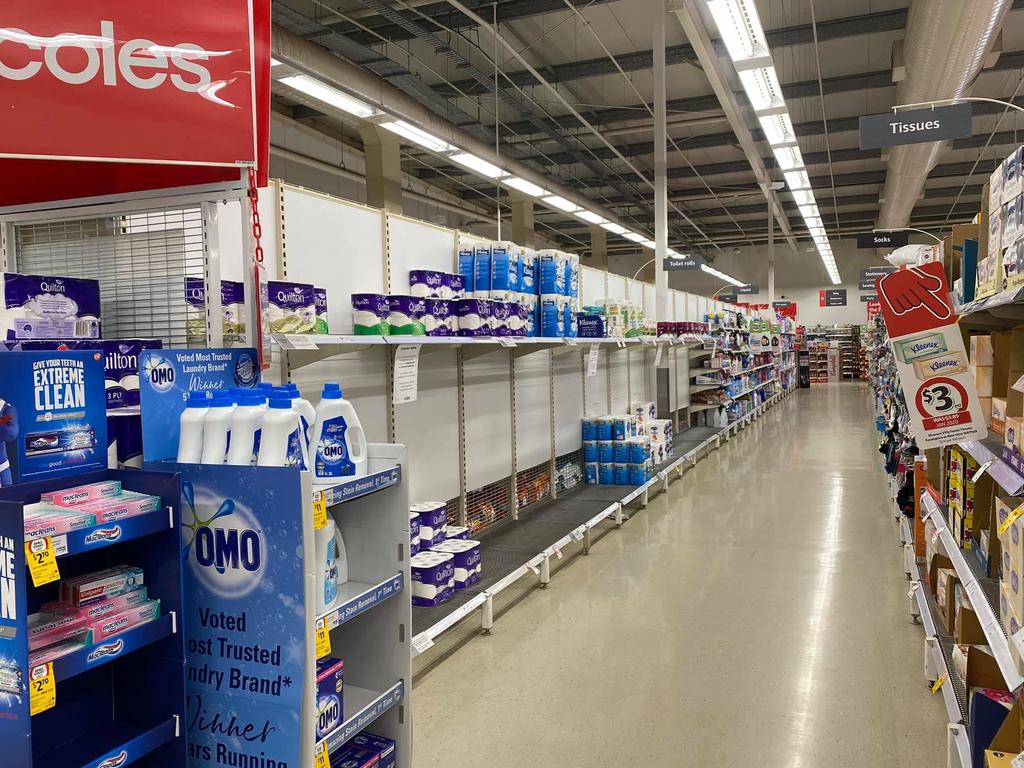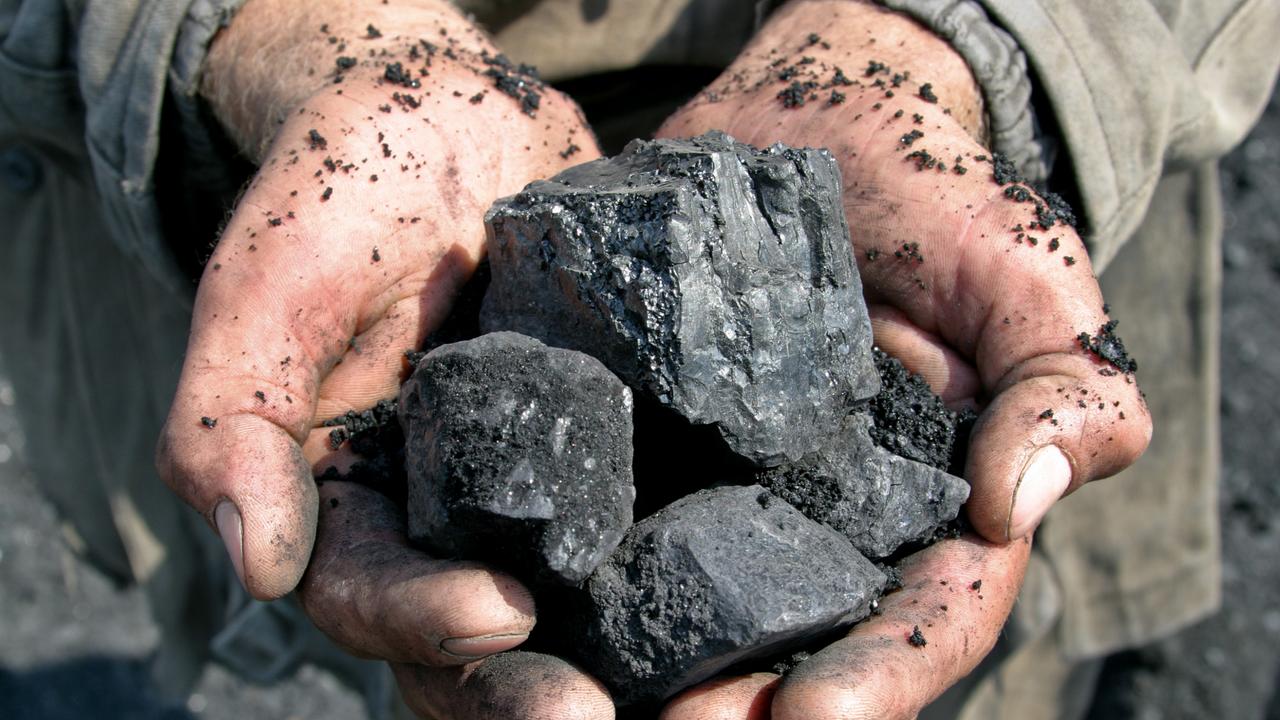Don’t panic: Supermarkets have a plan
Coles and Woolies say they’ve learned the lessons of the first coronavirus panic and have a plan to stop another wave.
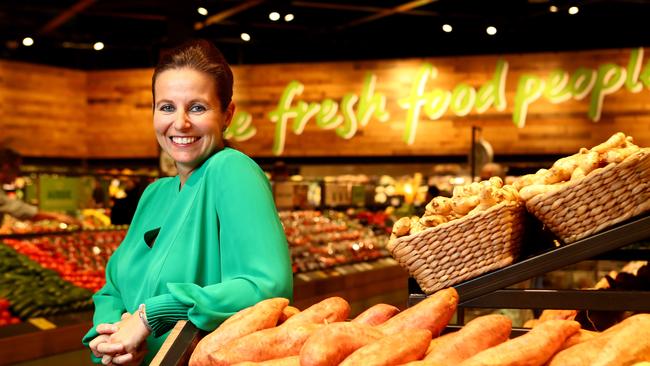
When a new COVID-19 outbreak flared across Melbourne’s suburbs in recent weeks and people again began swarming shops, supermarket majors Coles and Woolworths reached for a newly minted playbook designed to quell panics.
Battle-hardened by the frightening scenes in early March of panic buying and frenzied shoppers snapping up everything, the two supermarkets acted in lockstep, putting in place restrictions on essentials in a move partly founded on consumer psychology.
Many will remember the chaoswhen coronavirus first hit as shoppers hoarded mountains of toilet rolls and kilos of flour, pasta and canned tomatoes.
Back then purchasing restrictions were slow to be introduced and removed only incrementally.
But in the latest round, introduced last week as Victoria’s COVID-19 cases began to surge, Woolworths shoppers were quickly restricted to two packs of toilet paper while Coles cut them down to just one. Rice, pasta, lon- life milk and a bevy of other staples were also restricted.
Aldi, which has more than 12 per cent of the nation’s supermarket spend, imposed no such restrictions but prioritised production of in-demand items at the expense of other lines. These actions, Monash University Business School’s Hean Tat Keh said, stopped the perception of scarcity that was driving the panic buying behaviour.
Product restrictions, coupled with public messaging and using consumer psychology are all key to stopping the panic and now feature as part of decision-making in the supermarkets.
The memory of pandemonium in the toilet paper aisle is still fresh in the minds of many.
From the middle of last week Coles and Woolworths reimposed toilet paper limits, restricting shoppers to one or two items, with sales being closely monitored to ensure the supermarkets can quickly respond if demand spikes.
These restrictions have since intensified in Victoria as COVID-19 cases continue to crop up across Melbourne and have spread beyond the state’s borders. In Coles’ case, restrictions on Thursday widened to UHT milk, mince, sugar and rice after some workers at its key Victorian distribution centre tested positive for coronavirus. Woolworths on Friday matched the Coles list and added to its restrictions, taking in frozen vegetables and other frozen goods.
Much of the co-ordination was due to a task force created by the government early in the crisis, allowing supermarkets and suppliers to talk to each other.
Australian Food and Grocery Council acting chief executive Geoffrey Annison said the supermarket panel had been key to reacting to new bouts of panic buying.
“It was achieved through a co-ordination of suppliers and retailers under the ACCC interim authorisation. The retailers and suppliers were given permission to talk directly to each other about how to allocate supply,” he said.
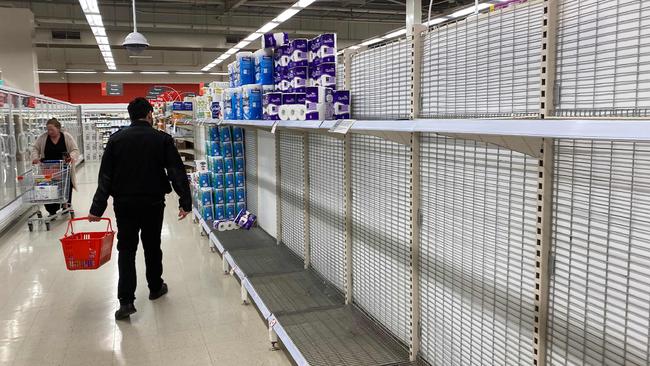
“The other thing that was co-ordinated was that suppliers started shipping straight to supermarkets, so the truck would leave the manufacturing site and go straight there.”
Mr Annison said these restrictions avoided the sense among some shoppers that they would miss out or there was not enough to go around.
“It sends a message to consumers that they didn’t have to panic-buy that the situation was actually being controlled,” he said.
“As soon as you send out the message that there’s going to be a fair distribution of product the panic stops.”
Woolworths Supermarkets managing director Claire Peters said the experience earlier this year had taught them how to respond to a surge in demand.
“We now have strong plans in place to rapidly activate product limits, ramp up supply chain capacity and order in additional stock when we need,” she said.
“We’ve co-ordinated our approach on limits across industry through the Supermarkets Taskforce and also shared best practice on health and safety measures for our stores and distribution centres.”
But not all supermarkets have needed to follow Coles’ and Woolworths’ lead. German supermarket insurgent Aldi has imposed no restrictions in this latest round.
Aldi Australia national buying managing director Oliver Bongardt said the business was reaping the benefits of slimming its product lines after the year’s earlier panic.
“We worked quickly to collaborate with our supply partners to explore ways that we could keep up with customer demand,” he said. “Plans included activities such as prioritised production of toilet paper over paper towel, and reduced variations of pack sizes to ensure production lines could run more efficiently.”
QUT Business School professor of organisational behaviour Peter O’Connor said that in his study of 1400 shoppers almost one in six admitted to panic buying.
He said many of those who panic-bought in recent waves were motivated by a fear of missing out and were often neurotic and disagreeable. “Disagreeable people are more likely to engage in these screaming matches that we saw,” he said.
But Professor O’Conner said bare shelves were a strong motivating factor in fostering panic buying.
“It only takes people buying a little bit more for the shelves to empty,” he said.
“It seemed like toilet paper was being taken so it created a feedback loop. This time around people are thinking about toilet paper already so it might be a self-fulfilling prophecy.”
Monash University Business School’s Hean Tat Keh said stopping the perception of scarcity was key to ending panic buying behaviour.
“I think the supermarkets have now learnt from the initial run when COVID-19 flared in a big way and there were lockdowns imposed, so this time around they want to ensure that the restrictions on the number of units purchased are in place earlier rather than later,” he said.
“The management of these retailers and supermarkets have learned what works and what doesn’t work. They are applying those lessons this time around.”
He said that if people thought products would become scarce many would rush to the shops to ensure they didn’t miss out, ultimately causing them to become scarce.
Professor Keh said certain kinds of products, like multi-packs of toilet paper, were so large that shoppers buying just a few extra could make them seem significantly more scarce than they actually were.
“They have a relatively bigger footprint on the shelves, so if you take out a couple of 24-roll packs of toilet paper it would seem to be bare quite quickly,” he said.
“Not all products have such large footprints. A pack of spaghetti is small and we saw several months ago when this panic buying first started it took some time before the stores were able to restock these essential products.”
Indeed, several Woolworths supermarkets in Melbourne’s northern suburbs visited by The Weekend Australian in recent days had toilet paper stockpiled in aisles and shelves to give the impression of excess supply. Other staples including rice, pasta and eggs were heavily stocked.
But incidents of panic buying are expected to continue throughout the year, analysts at brokerage Macquarie Wealth warned.
“We expect this cycle could repeat itself multiple times in the next 12 months, each time there is fear of another wave occurring,” they said.
But this time the retailers are planning for it.


